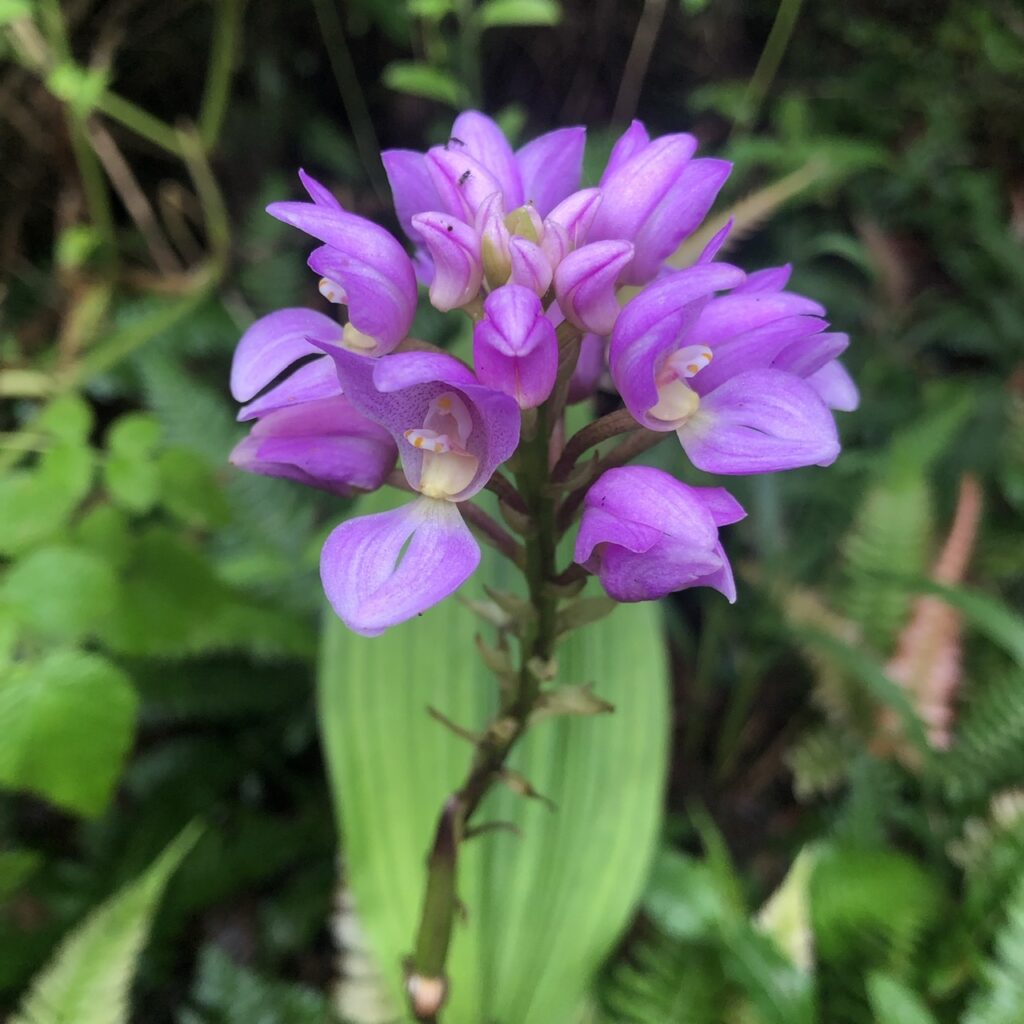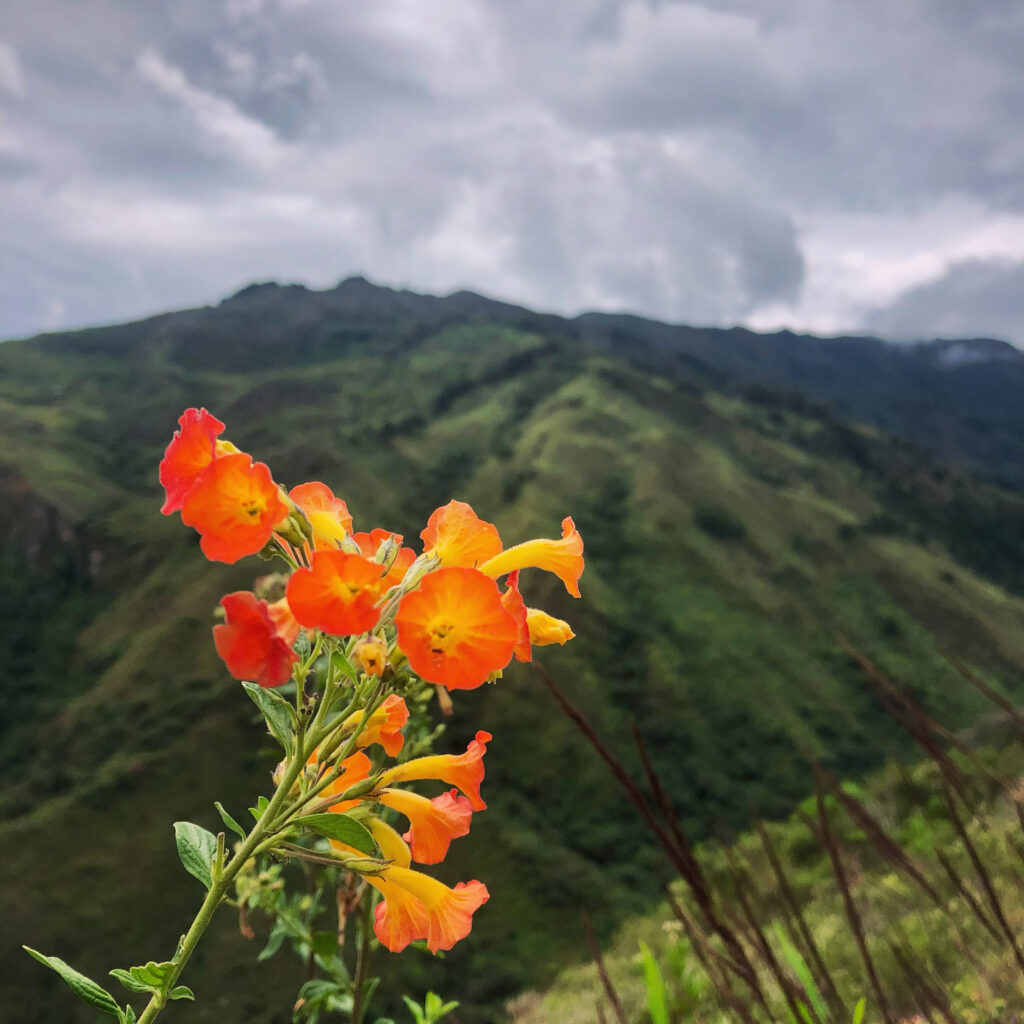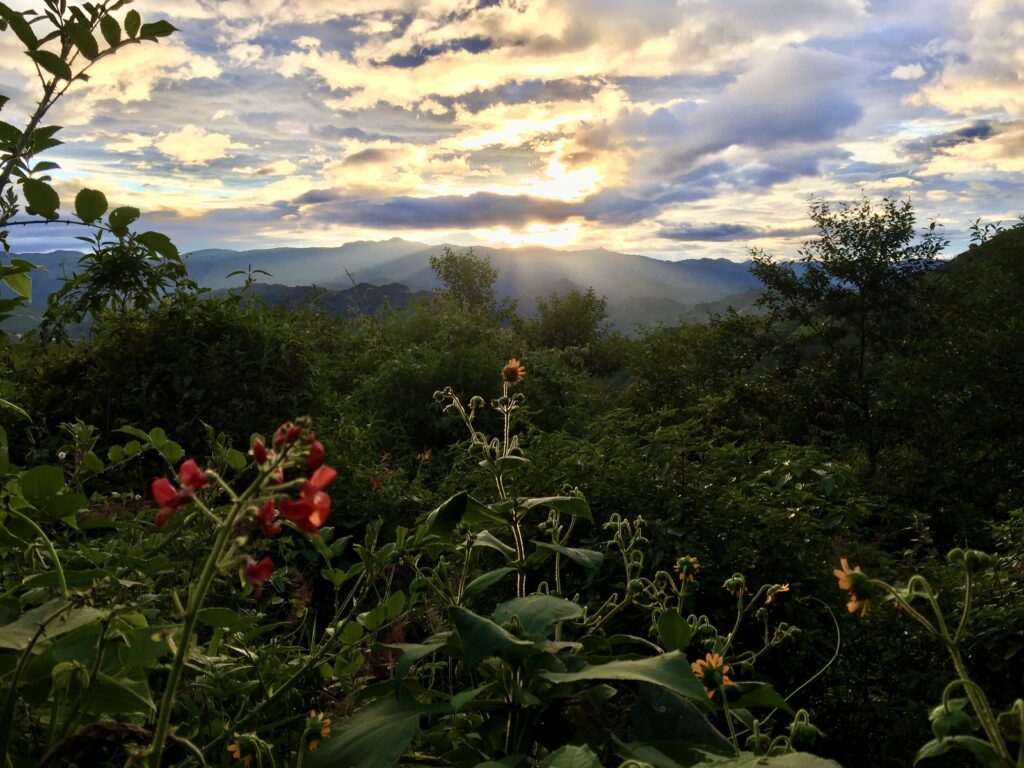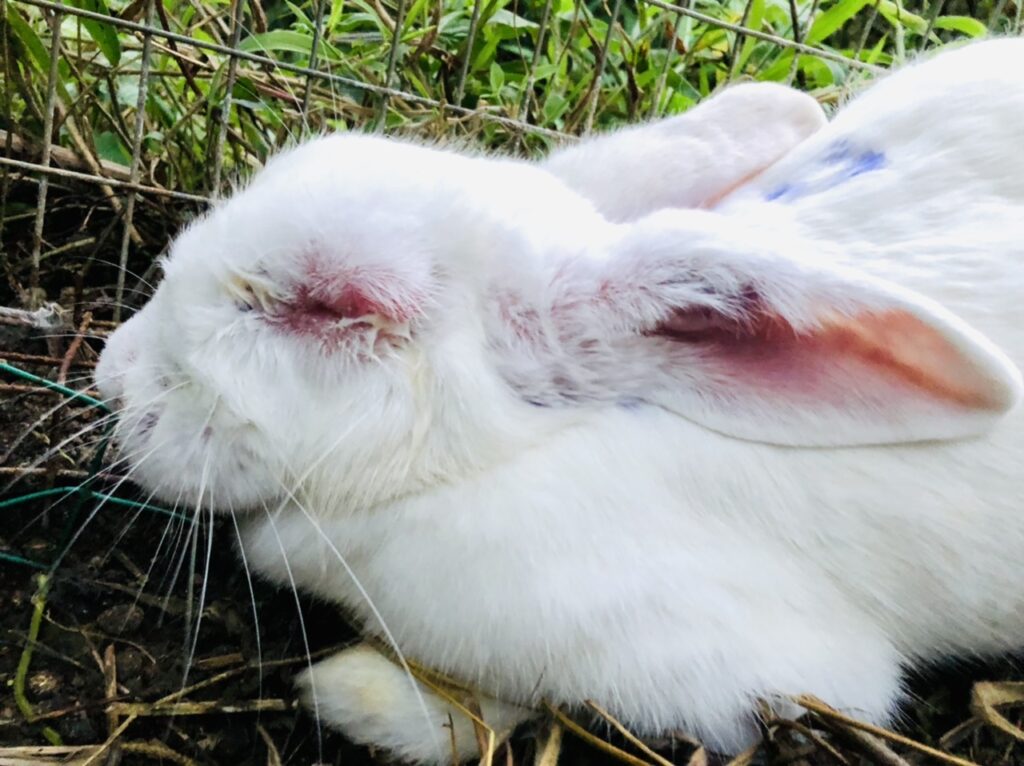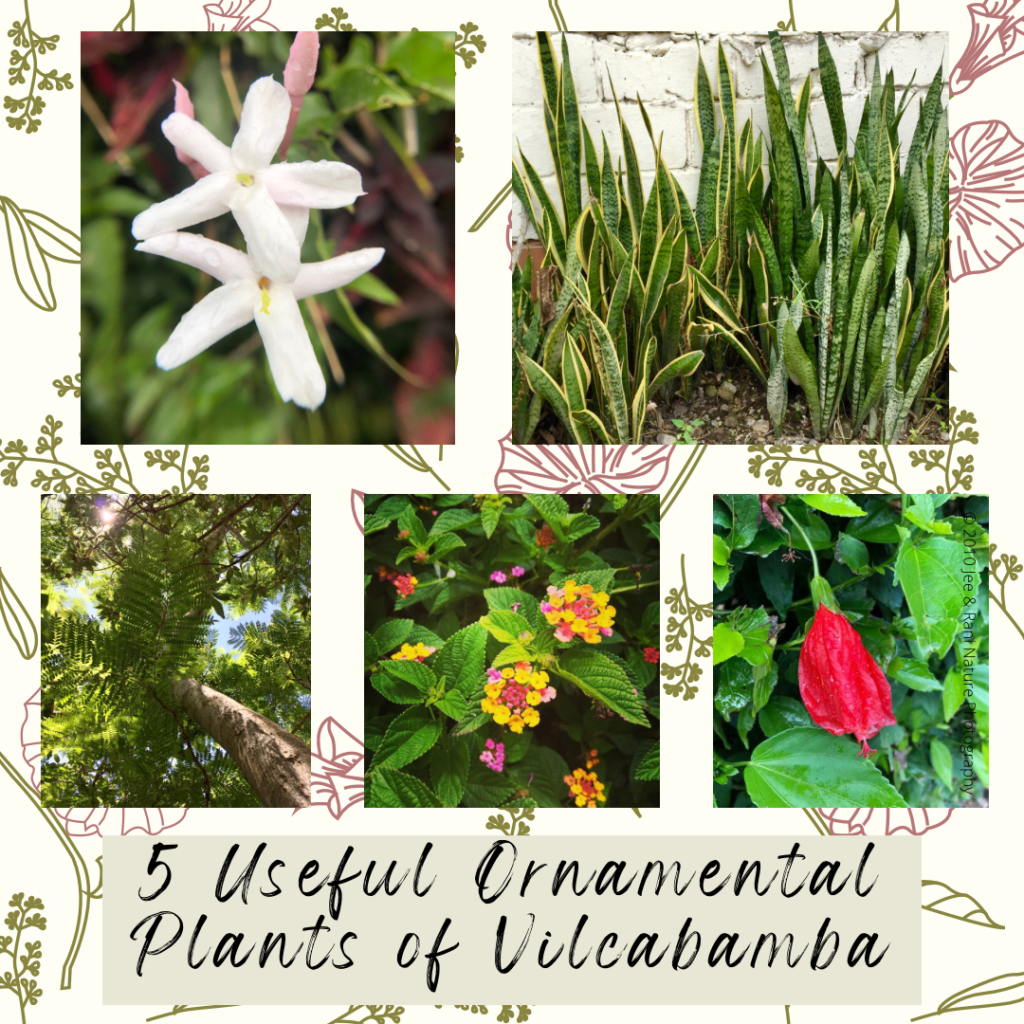The Importance of Native Plants
Wide-spread deforestation due to industrial agriculture, exploitation of natural resources, and urban sprawl threatens the survival of native plants in many parts of the world. On a smaller scale, gardeners, landscapers, and lawn-enthusiasts often consider them “weeds” and eliminate them so that food crops or ornamentals can be planted instead. Many people never stop to […]
The Importance of Native Plants Read More »

